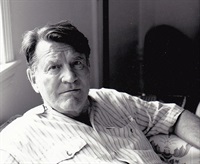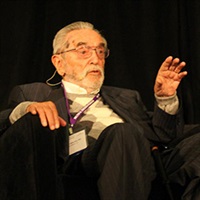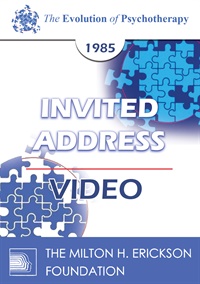EP85 Invited Address 09a - Therapy: A New Phenomenon - Jay Haley, MA
- Average Rating:
- Not yet rated
- Topic Areas:
- Invited Addresses | Psychotherapy | History of Psychotherapy | Family Therapy | Strategic Therapy
- Categories:
- Evolution of Psychotherapy | Evolution of Psychotherapy 1985 | Pioneers in Couples and Family Therapy
- Faculty:
- Jay Haley, MA | Salvador Minuchin, MD
- Course Levels:
- Master Degree or Higher in Health-Related Field
- Duration:
- 1:12:25
- Format:
- Audio and Video
- Original Program Date:
- Dec 14, 1985
- License:
- Never Expires.
Description
Description: An address that examines Haley's paper discussing the evolution of therapy as an interpersonal practice shaped by social context and the influence of Milton Erickson. Highlighted is the shift toward brief, behavior-focused methods and the reliance on personal therapy is critiqued. The paper also addresses challenges in defining change, measuring outcomes, and how cultural trends shape therapeutic approaches. Salvador Minuchin offers a critique.
Educational Objectives:
- To understand how psychotherapy developed
- To recognize new ways in which therapy is evolving
*Sessions may be edited for content and to preserve confidentiality*
Credits
Handouts
| Timestamped Transcript (854.8 KB) | 19 Pages | Available after Purchase |
Faculty

Jay Haley, MA Related Seminars and Products
Jay Haley (M.A., 1953, Stanford University) was Director of Family Therapy Institute of Washington, D.C. He was one of the leading exponents of the strategic/interpersonal approach to family therapy. Haley served as Director of the Family Experiment Project at the Mental Research Institute and as Director of Family Therapy Research at the Philadelphia Child Guidance Clinic. He has authoered seven books, co-authored two and edited five. Additionally, he has more than 40 contributions to professional journals and books. Haley is the former editor of Family Process, and the first recipient of the Lifetime Achievement Award of The Milton H. Erickson Foundation.

Salvador Minuchin, MD Related Seminars and Products
Salvador Minuchin, MD, developed Structural Family Therapy, which addresses problems within a family by charting the relationships between family members, or between subsets of family. He was Director of the Philadelphia Child Guidance Clinic. Although it was minimally staffed when he began, under his tutelage the Clinic grew to become one of the most modeled and respected child guidance facilities in the world. In 1981, Minuchin began his own family therapy center in New York. After his retirement in 1996, the center was renamed the Minuchin Center. Dr. Minuchin is the author of many notable books, including many classics. His latest is Mastering Family Therapy: Journeys of Growth and Transformation. In 2007, a survey of 2,600 practitioners named Minuchin as one of the ten most influential therapists of the past quarter-century.


